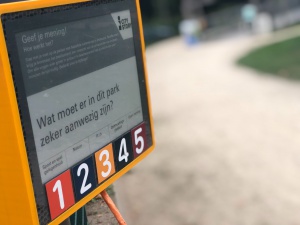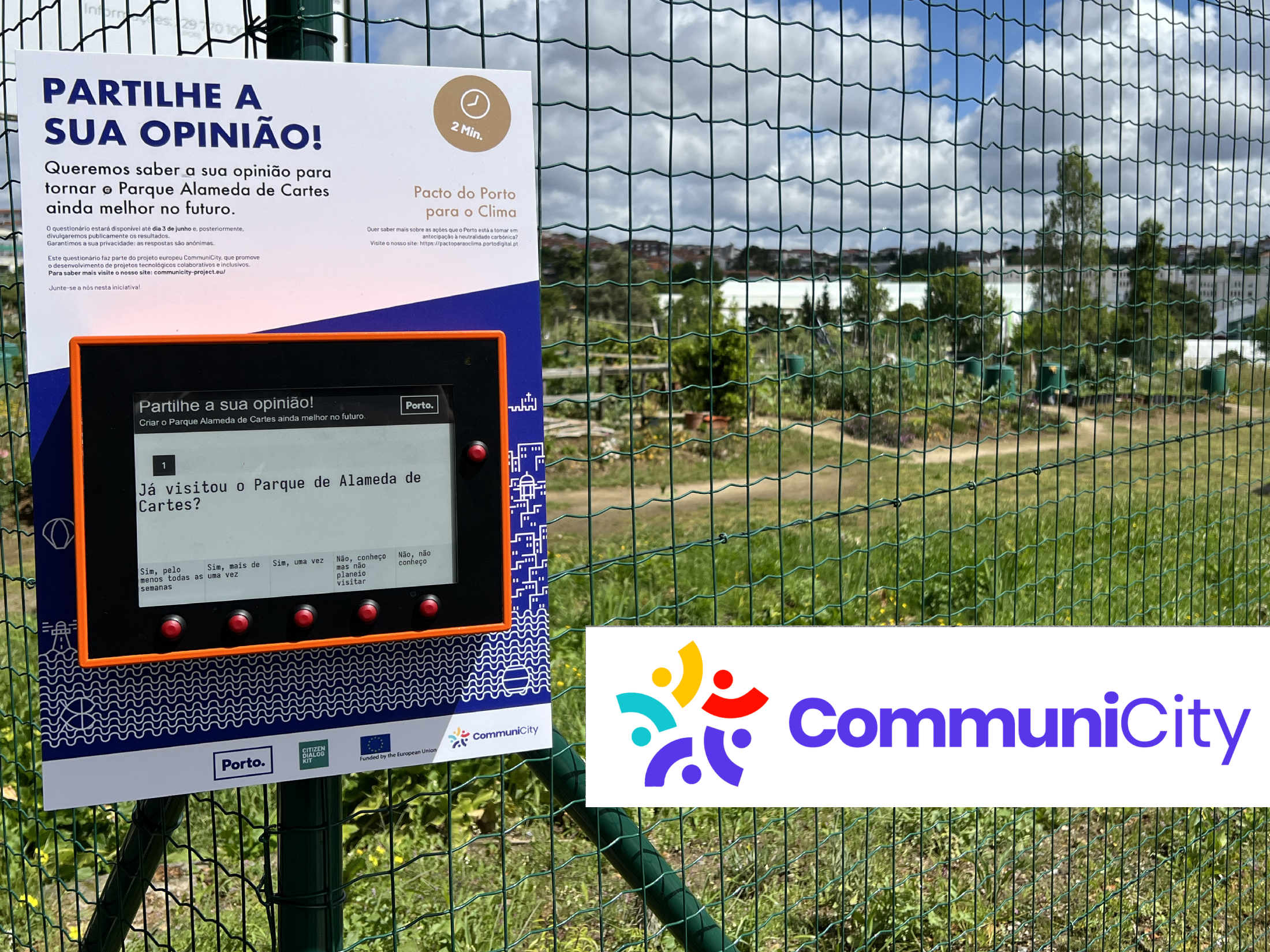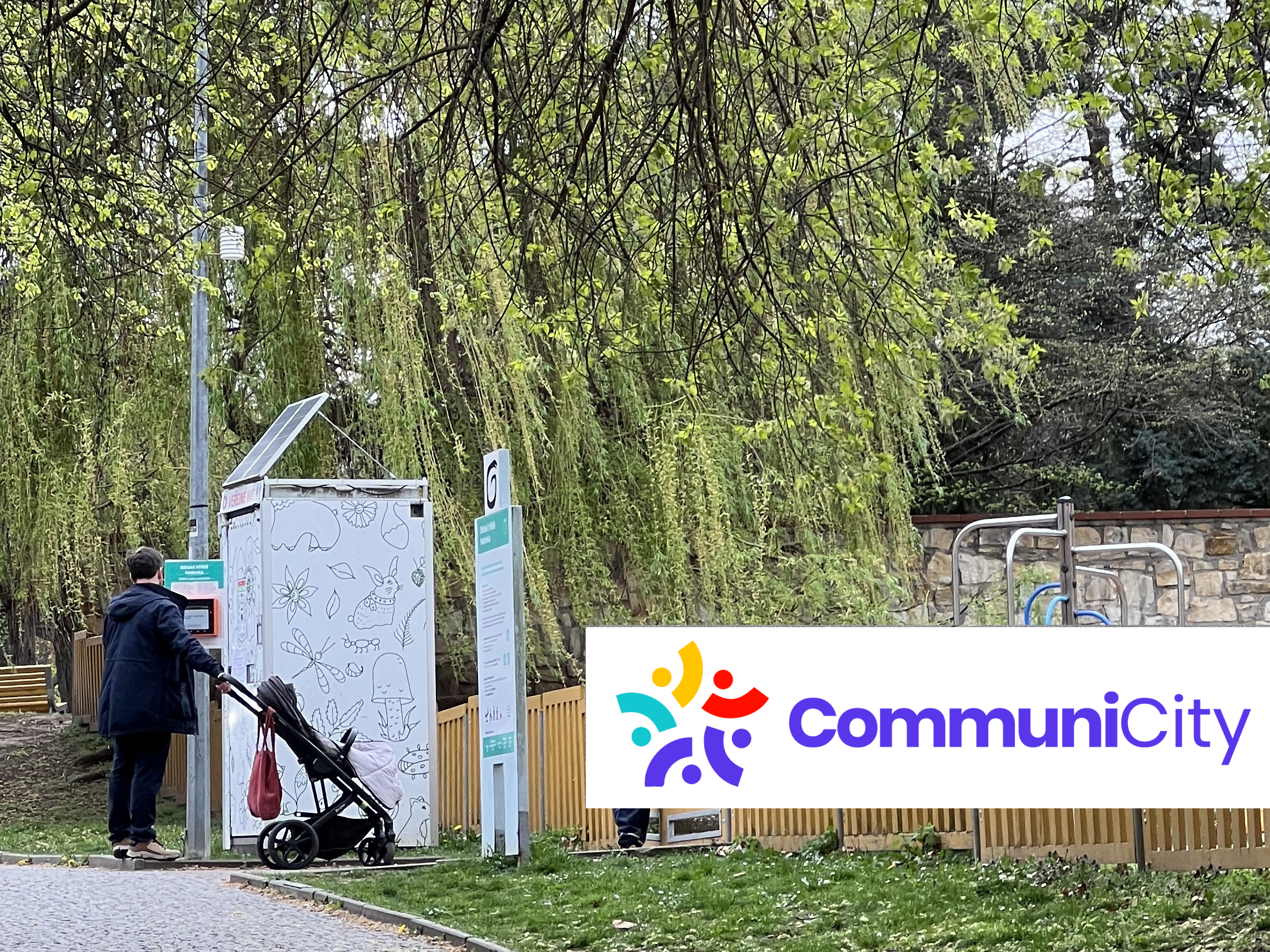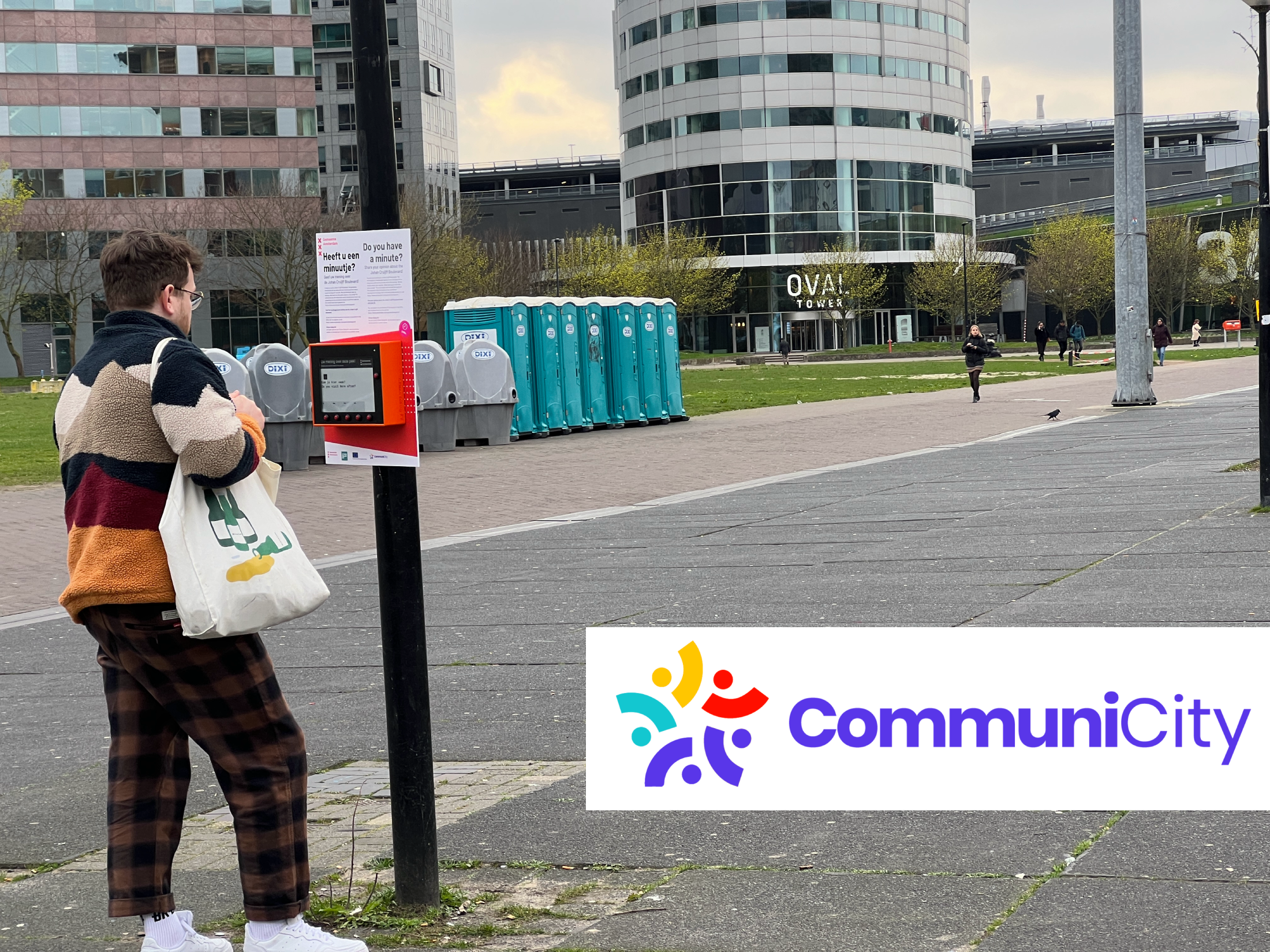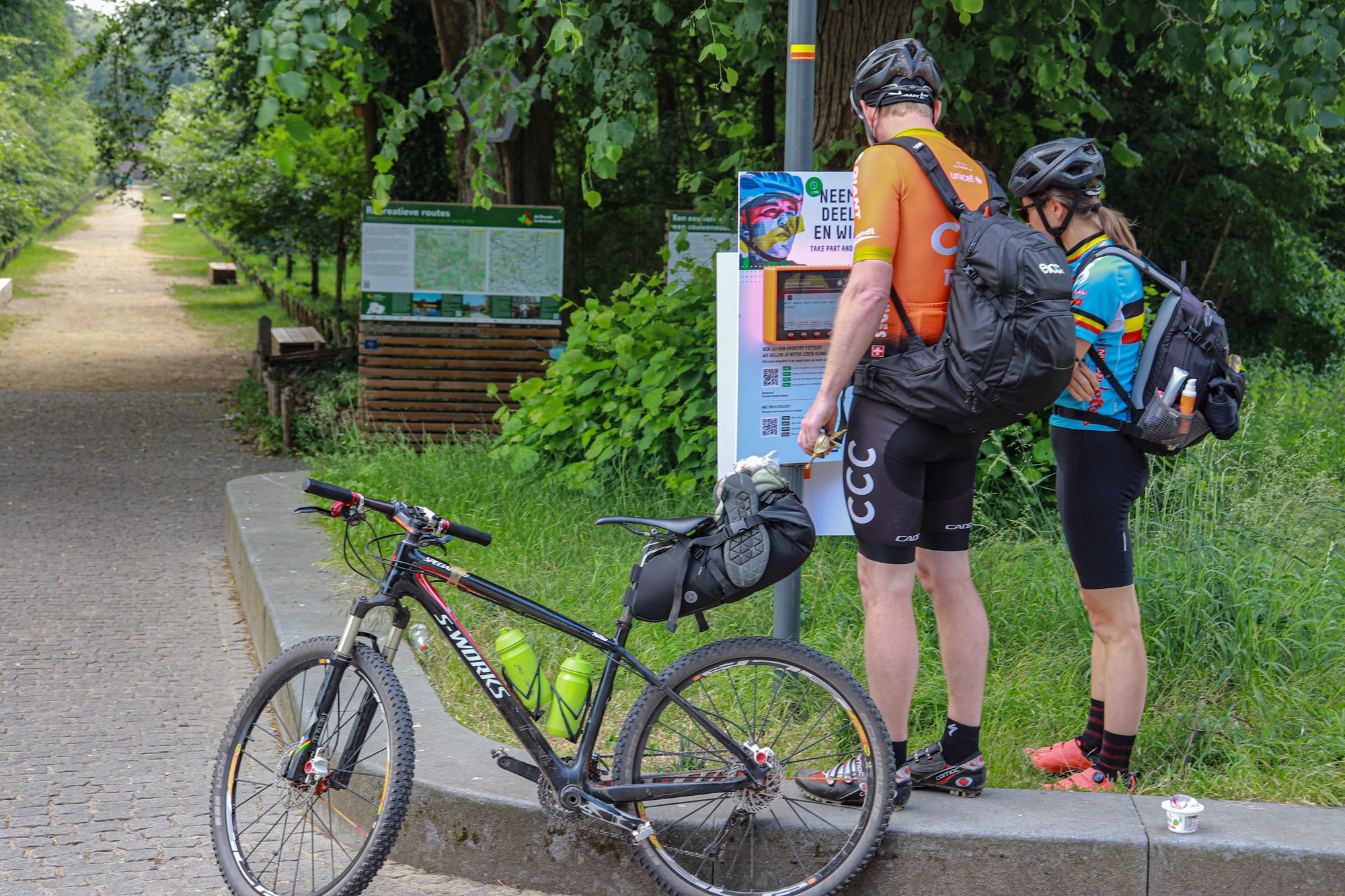Designing Mobipunten in Limburg
What were the objectives of this case study?
In this project, three municipalities (Genk, Peer and Houthalen-Helchteren) wanted to understand the local perceptions and requirements of Mobipunten (now “Hoppin punten“). These mobility hubs are local spaces where shared modes of transportation are centralised and potentially combined with other services.
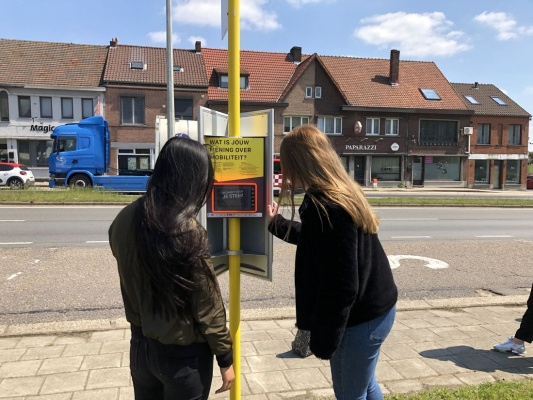
Multi-part participation process
This participation process took place in three phases and was repeated in each of the three municipalities. First, a CDK survey was done at the future mobility hub location to gather insights into the current habits and familiarity of local citizens with alternative and shared mobility solutions. Next, our partners at Social Spaces (LUCA School of Arts) used these findings to create persona’s (abstracted, imagined characters who represent the target ‘user’). These persona’s were used in hands-on workshops to generate scenario’s of how people might use the future mobility hub. Finally, the results of these workshops were presented once again using CDK. This enabled again a wider range of citizens to confirm or add nuance to the proposed scenarios.
How was the deployment carried out?
The deployment happened sequentially at each of the planned mobility hub locations in each of the municipalities. Each CDK deployment in each municipality lasted for 10 days.
What were the insights from the initiative?
Across the three municipalities and deployments, we gathered over 2900 responses, with a daily average of 63 interactions.
The results showed that the presence of a Mobility Hub in each location would encourage citizens to use their cars less frequently. The municipalities used the results to plan and design mobility hubs that would meet the needs and wants of the local population.
The results also revealed surprising similarities and differences between municipalities of different sizes. Concepts that initially seemed irrelevant to smaller municipalities did in fact gather notable interest. This proved that, contrary to popular believe, that share mobility hubs are relevant in more rural areas as well.
As a final result, we presented not only the findings of the multiple surveys in each municipalities, but proposed a comprehensive and repeatable methodology to plan the design of mobility hubs according to the requirements of each location.
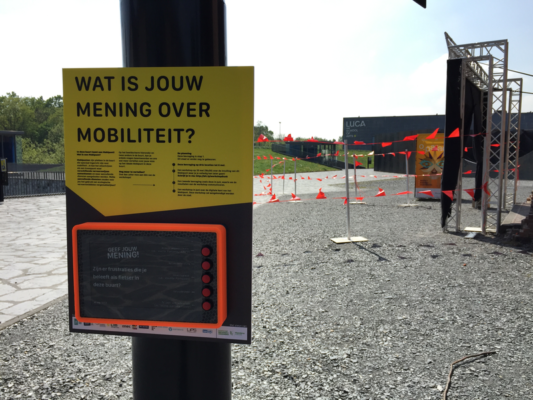
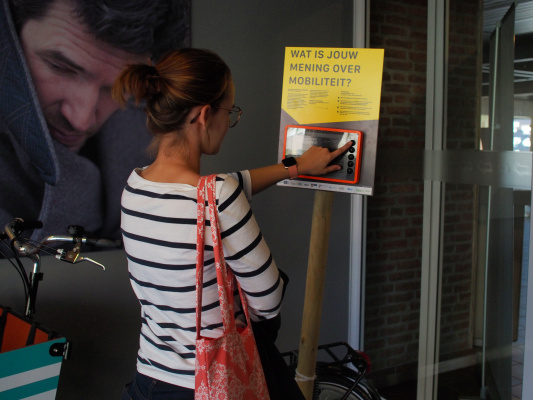
Reflections
This project was one of the earliest Citizen Dialog Kit deployments and an immediate indicator of its potential. In the next deployments, the screen size would be increased to accommodate longer questions and options. In order to group responses into participation sessions, the survey would also automatically revert to the first question when idle in the next deployments.
Partners
- Coordinator: Anyways
- Municipalities: Genk, Peer, Houthalen-Helchteren
- Participation partners: Social Spaces (LUCA School of Arts, Genk)

